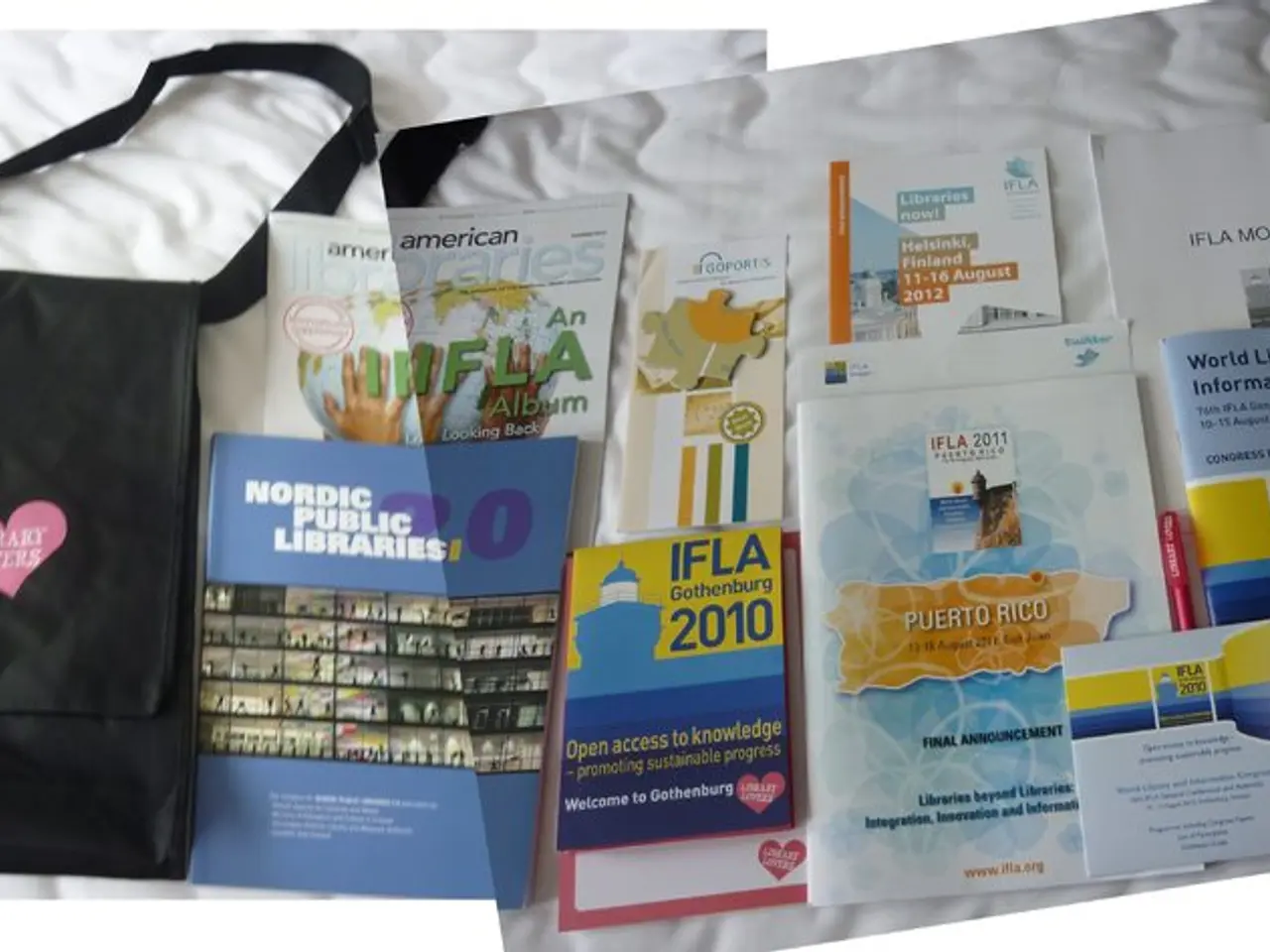Delving into Princeton's Rare Archives
Princeton University's Special Collections offer a unique opportunity for students to delve into hands-on research with rare materials. These collections, housed in the Mudd Manuscript Library and Firestone Library, can be accessed through a straightforward process.
Step 1: Start Your Search Online
Begin your research with Princeton’s online catalog and integrated search tool. This resource allows you to search across library holdings, museum objects, and digital collections from a unified interface. By using keywords or subjects, you can identify relevant Special Collections materials in one place [1].
Step 2: Consult Finding Aids and Guides
For more specific archival collections, consult the relevant finding aids and guides. For instance, the Mudd Manuscript Library holds many unique archives and manuscripts, including alumni-related collections. Library guides provide instructions on access and restrictions [4].
Step 3: Coordinate Access and Research Visits
Plan for in-person research visits or request materials through Princeton’s system. Access to rare or archival items typically requires making an appointment or contacting library staff for consultation and to check usage policies [3].
Step 4: Utilise Consortium and Delivery Services
Leverage the Research Collections and Preservation Consortium (ReCAP), a shared resources facility near Princeton that houses vast numbers of volumes from consortium universities. Through ReCAP, faculty, students, and researchers can request materials not held onsite and receive delivery within two business days, expanding access to research materials beyond those physically present at Princeton’s libraries [3].
Exploring the Special Collections
The "Junior Paper (JP)" might serve as a valuable resource for students seeking information on how to conduct research with Princeton's Special Collections. It offers guidance on how to use the Rare Books and Special Collections, and includes articles such as "How and Why to Use Firestone Special Collections" and "Guide to the Rare Books and Special Collections" [2].
The collections themselves are vast and varied, encompassing Ancient Egyptian papyri, political cartoons, F. Scott Fitzgerald's personal papers, John James Audubon's personal shotgun, and possibly a section dedicated to coins [5].
One example of research conducted using Special Collections is the examination of Ethiopic "magic scrolls" for textual variants in Ethiopic biblical quotations [6].
Accessing and Examining Materials
The reading room at Firestone Special Collections is open from 9:00 to 4:45 on weekdays. Before examining materials, you must leave your belongings in a locker and check in [7].
With these steps in mind, you are now equipped to embark on your research journey with Princeton's Special Collections. Whether you're studying coins, manuscripts, or rare books, the university's resources and the help of its team of experts will provide a productive and enriching experience.
Take advantage of Princeton University's online catalog and integrated search tool for a comprehensive search across library holdings, digital collections, and museum objects. Utilize this resource to find the "Junior Paper (JP)" which offers insightful guidance on exploring education-and-self-development opportunities like online-education and learning via Princeton's Special Collections.




